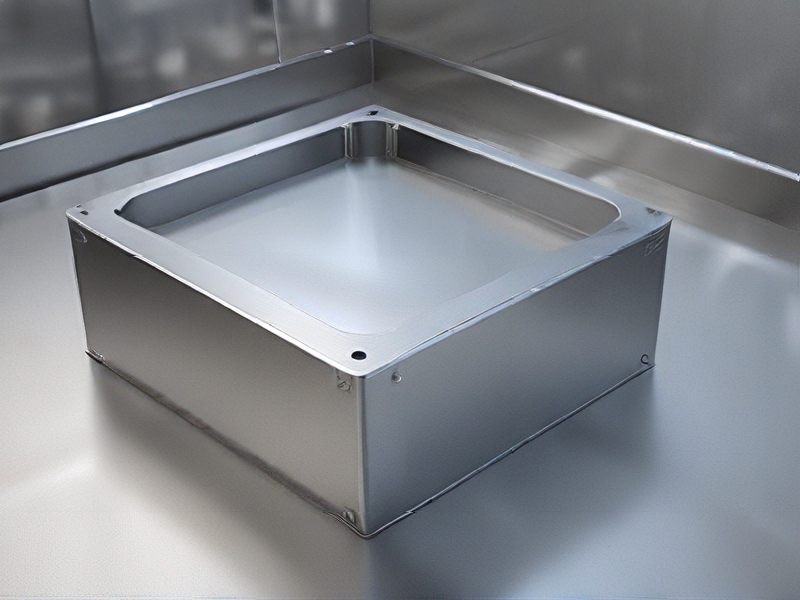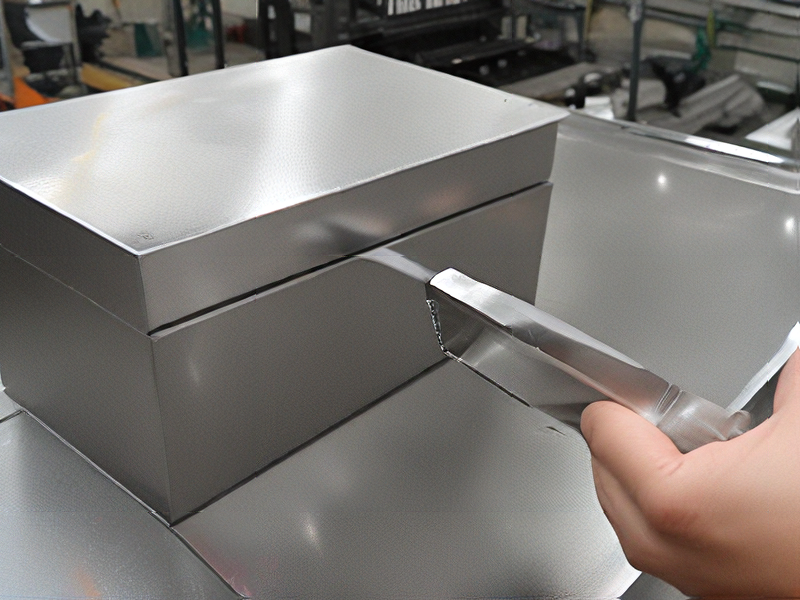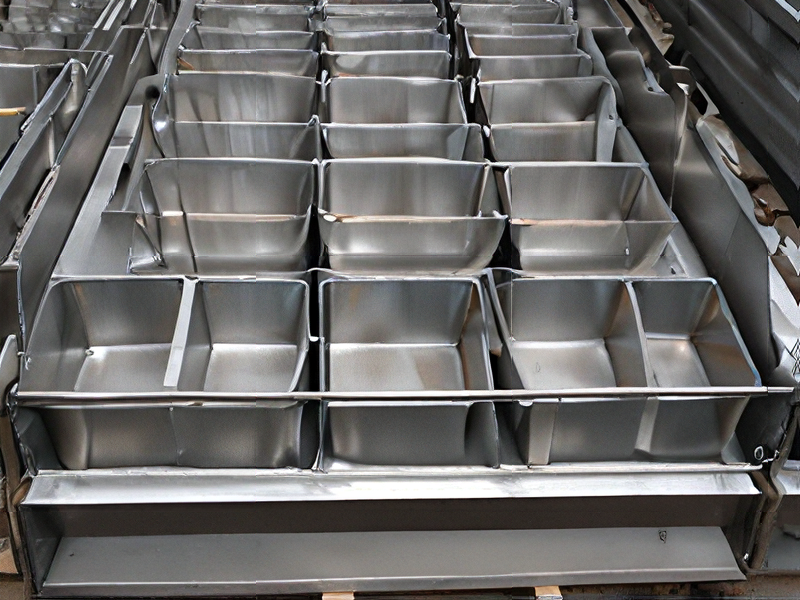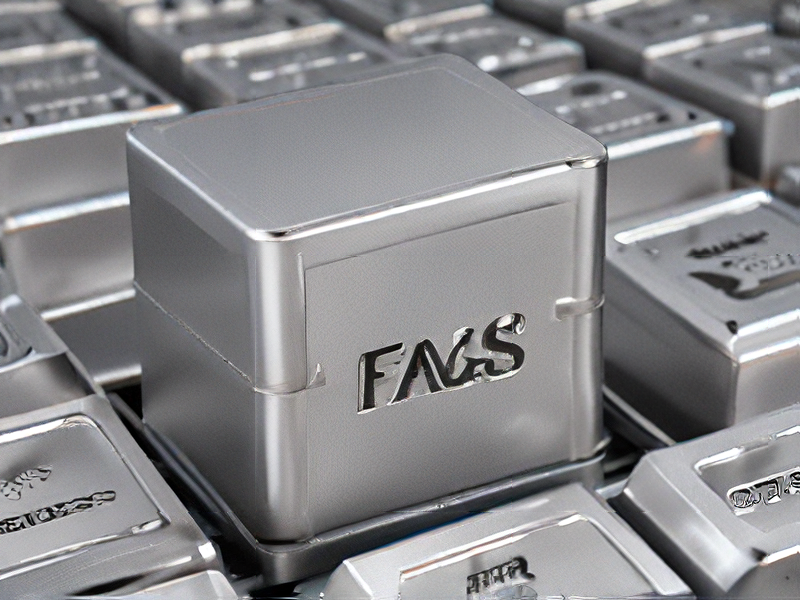Technology and Applications of stainless steel metal box
Stainless steel metal boxes are renowned for their durability, corrosion resistance, and versatile applications across various industries. Their primary technology involves alloying steel with chromium (minimum 10.5%) and other elements like nickel and molybdenum, enhancing their anti-corrosive properties and strength. This makes them ideal for environments where hygiene and cleanliness are paramount.
Applications:
1. Food and Beverage Industry:
Stainless steel boxes are used for storage and transportation due to their non-reactive nature, preventing contamination and ensuring product safety.
2. Medical and Pharmaceutical:
In healthcare, stainless steel boxes are employed for sterile storage, surgical instruments, and pharmaceutical equipment due to their easy-to-clean surfaces and resistance to disinfectants.
3. Electronics:
These boxes provide robust protection for sensitive electronic components, shielding them from electromagnetic interference (EMI) and harsh environmental conditions.
4. Construction and Architecture:
Stainless steel boxes are used in construction for electrical enclosures, structural components, and aesthetic features, thanks to their strength, longevity, and sleek appearance.
5. Chemical Industry:
In chemical processing, stainless steel containers are essential for storing reactive substances safely, resisting corrosion from aggressive chemicals.
6. Marine and Aerospace:
Their resistance to saltwater and extreme temperatures makes stainless steel boxes suitable for marine environments and aerospace applications.
Advantages:
– Corrosion Resistance: Stainless steel’s chromium content forms a passive layer of chromium oxide, preventing rust and degradation.
– Strength and Durability: High tensile strength and impact resistance make these boxes suitable for heavy-duty applications.
– Hygiene: Easy to clean and sanitize, making them ideal for environments requiring stringent hygiene standards.
– Aesthetic Appeal: Their sleek, modern appearance suits both functional and decorative uses.
– Recyclability: Stainless steel is fully recyclable, contributing to environmental sustainability.
In summary, stainless steel metal boxes combine robust technology with diverse applications, making them indispensable in industries ranging from food processing to aerospace. Their properties of durability, hygiene, and corrosion resistance ensure they meet the rigorous demands of various sectors.

Quality Testing Methods for stainless steel metal box and how to control quality
To ensure quality in manufacturing stainless steel metal boxes, several methods can be employed:
1. Dimensional Inspection: Regular measurements using calibrated tools to verify dimensions such as length, width, and thickness.
2. Visual Inspection: Examination for surface defects like scratches, dents, or discoloration that may affect aesthetics or functionality.
3. Material Testing: Utilizing methods like X-ray fluorescence (XRF) to verify material composition and ensure it meets required standards.
4. Welding Inspection: Non-destructive testing (NDT) techniques such as ultrasonic testing (UT) to detect flaws in welds, ensuring structural integrity.
5. Corrosion Resistance Testing: Testing the material’s resistance to corrosion through methods like salt spray testing to simulate real-world conditions.
6. Functional Testing: Testing operational aspects such as hinges, locks, and closures to ensure they function correctly.
To control quality effectively:
– Establish Standards: Define clear specifications and quality criteria for materials, manufacturing processes, and finished products.
– Training: Train personnel on quality standards, inspection techniques, and the importance of quality control.
– Process Monitoring: Implement checkpoints throughout the manufacturing process to detect defects early.
– Supplier Management: Ensure suppliers meet quality requirements through audits and collaboration.
– Continuous Improvement: Regularly review processes, gather feedback, and implement improvements to enhance product quality and consistency.
By integrating these methods and controls, manufacturers can maintain high standards of quality in stainless steel metal box production.

Tips for Procurement and Considerations when Purchasing from stainless steel metal box
When purchasing a stainless steel metal box through procurement, several key considerations can ensure you make an informed decision:
1. Material Grade: Stainless steel comes in various grades (e.g., 304, 316) that offer different levels of corrosion resistance and durability. Choose a grade suitable for your specific environmental conditions and usage requirements.
2. Dimensions and Specifications: Clearly define the size, shape, and specifications (e.g., thickness, finish) of the metal box to ensure it meets your functional needs and fits into the intended space or application.
3. Supplier Reputation: Select a reputable supplier known for delivering quality stainless steel products. Check references, certifications, and past client feedback to gauge reliability and product quality.
4. Cost Considerations: Balance cost against quality. Cheaper options may save upfront costs but could compromise durability and longevity. Evaluate lifecycle costs, including maintenance and replacement expenses.
5. Customization Options: Determine if customization (e.g., additional features, branding) is available and feasible within your budget and timeline. Customization can enhance functionality and align the product closely with your requirements.
6. Compliance and Standards: Ensure the stainless steel box complies with relevant industry standards and regulations (e.g., ASTM, ISO) for material quality, safety, and environmental considerations.
7. Delivery and Lead Times: Discuss delivery schedules and lead times with the supplier to align with your project timeline. Factor in potential delays and logistics considerations.
8. Warranty and Support: Inquire about warranty terms and after-sales support. A robust warranty reflects the supplier’s confidence in their product and provides recourse in case of defects or issues.
9. Environmental Impact: Consider the environmental impact of stainless steel production and disposal. Opt for suppliers with eco-friendly practices and materials sourcing policies if sustainability is a priority.
10. Testing and Inspection: Depending on the application, consider third-party testing or inspection to ensure the stainless steel box meets specified requirements for strength, corrosion resistance, and other performance criteria.
By systematically addressing these considerations during the procurement process, you can make a well-informed decision when purchasing a stainless steel metal box that meets your functional, budgetary, and environmental needs.

FAQs on Sourcing and Manufacturing from stainless steel metal box in China
Certainly! Here are some frequently asked questions (FAQs) on sourcing and manufacturing stainless steel metal boxes in China:
1. How do I find reliable stainless steel metal box manufacturers in China?
– Research online directories like Alibaba or Global Sources.
– Attend trade shows like Canton Fair to meet suppliers in person.
– Use sourcing agents or consult with local chambers of commerce for recommendations.
2. What should I consider when selecting a manufacturer?
– Verify their certifications (ISO, CE) for quality standards.
– Check their production capacity and ability to meet your quantity requirements.
– Evaluate their experience with stainless steel and similar projects.
3. How can I ensure product quality and compliance with my specifications?
– Request samples and conduct thorough quality inspections.
– Draft a detailed manufacturing agreement specifying materials, dimensions, and finish.
– Hire a third-party inspection service to monitor production.
4. What are common challenges when manufacturing in China?
– Language barriers and cultural differences in communication.
– Intellectual property protection and contract negotiation.
– Logistics and shipping delays.
5. How do I manage logistics and shipping from China?
– Work with freight forwarders experienced in shipping from China.
– Understand Incoterms to clarify responsibilities and costs.
– Plan for customs clearance and potential import duties.
6. What are the typical lead times for manufacturing stainless steel metal boxes in China?
– Lead times vary based on complexity and order volume.
– Generally, expect 4-8 weeks for production and additional time for shipping.
7. How can I protect my intellectual property (IP) when working with Chinese manufacturers?
– Register patents, trademarks, and designs in China.
– Use non-disclosure agreements (NDAs) and control access to sensitive information.
– Monitor production closely and conduct periodic audits.
Navigating sourcing and manufacturing in China requires careful planning, clear communication, and diligence in quality control to ensure a successful outcome for your stainless steel metal box project.

